Tactical Asset Allocation using Deep Learning
Disclosures: qplum LLC is a registered investment adviser. Information presented is for educational purposes only and does not intend to make an offer or solicitation for the sale or purchase of any specific securities, investments, or investment strategies. Investments involve risk and are never guaranteed. Be sure to first consult with a qualified financial adviser and/or tax professional before implementing any strategy discussed herein. Past performance is not indicative of future performance.
Gaurav Chakravorty
CIO at qplum
www.qplum.co/events
What will we cover today
Asymmetric utility function/loss aversion
Goals from asset allocation
Tactical vs Strategic Asset Allocation
Deep Learning Approach
Results
Top pain points for an investor:
I. Aversion to losing
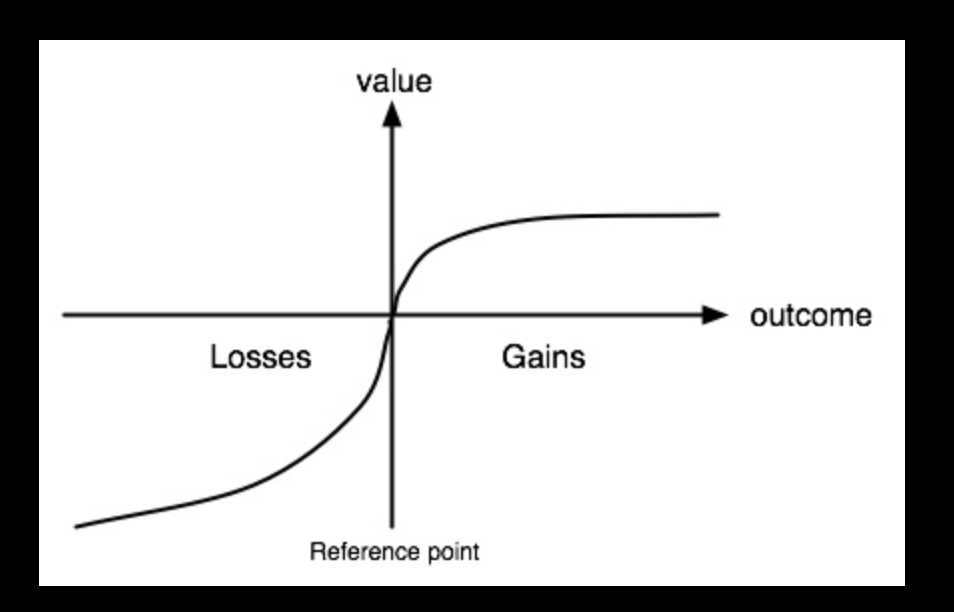
It is not always just about higher returns.
Utility function is not uniformly distributed.
Utility function is not the same.
II. Anchoring around a sustainability rate
Most pension funds have a nominal target yield.
Not meeting the target yield is a big deal compared to outperformance
Other pain points
III. Capacity:
Investments that have scale and capacity to get in and to get out
IV. Should work with illiquid assets:
Illiquid investments are a part of everyone's portfolio.
One cannot look at liquid investments without considering the illiquid assets that are a part of the portfolio already.
Asset Allocation >> Security Selection
“By choosing to place asset allocation at the center of the investment process, investors ground the decision-making framework on the stable foundation of long-term policy actions.
Focus on asset allocation relegates market timing and security selection decisions to the background, reducing the degree to which investment results depend on mercurial, unreliable factors.
Selecting the asset classes for a portfolio constitutes a critically important set of decisions, contributing in large measure to a portfolio’s success or failure. Identifying appropriate asset classes requires focus on functional characteristics, considering potential to deliver returns and to mitigate portfolio risk. Commitment to an equity bias enhances returns, while pursuit of diversification reduces risks. Thoughtful, deliberate focus on asset allocation dominates the agenda of long-term investors.”
– David Swensen
Goals of asset allocation:
(a) Target constant risk in the portfolio.
(b) Optimize portfolio for the specified utility function.
(c) Constrain any studies to a specified, systematic risk management threshold.
Tactical (dynamic) vs Strategic (constant)
(a) Dynamic allocation does better risk targeting.
(b) Dynamic allocation offers a systematic approach to observed changes in expected returns and expected risk.
Deep Learning framework for tactical asset allocation
Workflow
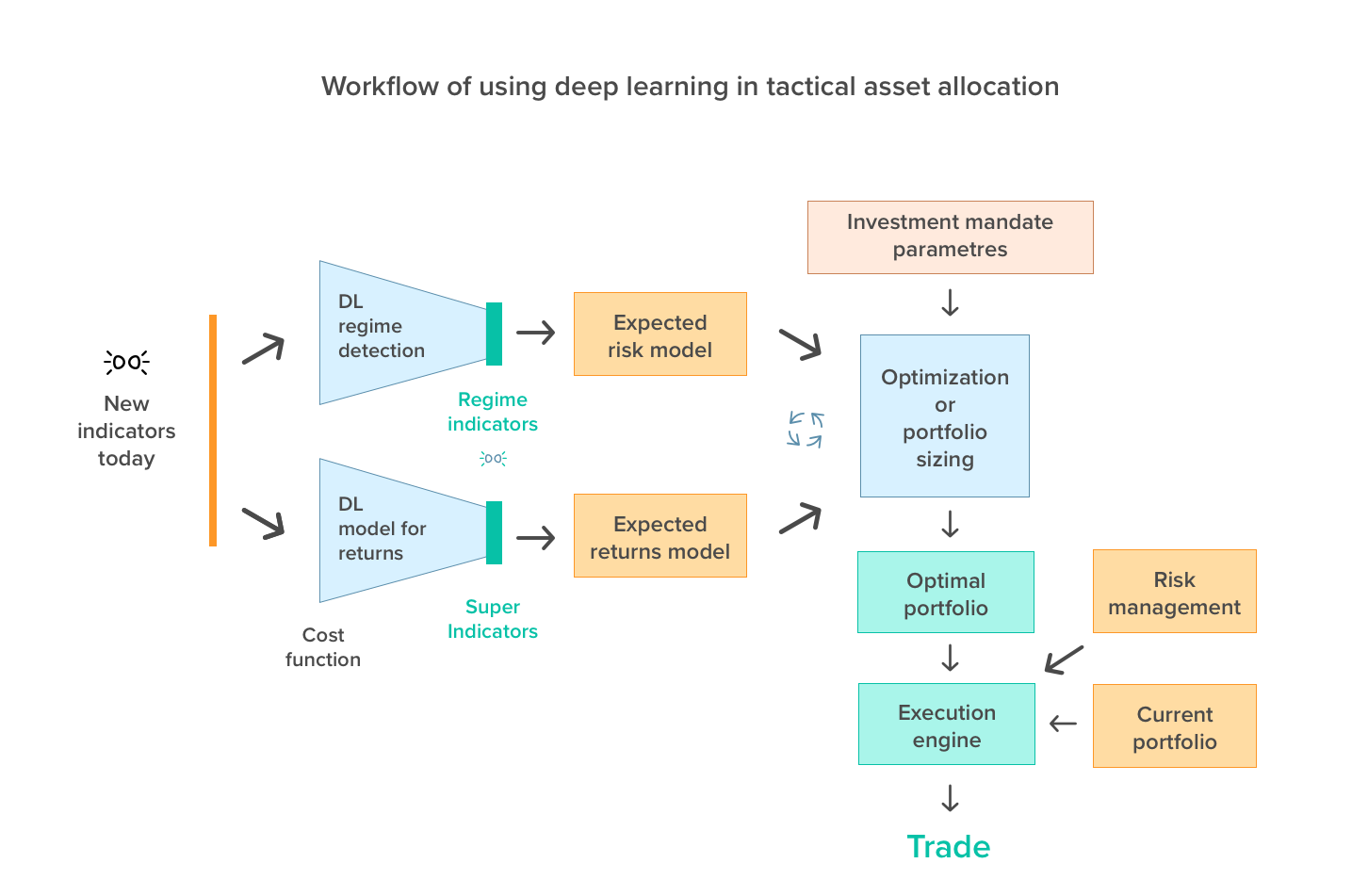
A bit more about the cost function

Results
Disclosure This is for educational purposes only. All investments carry risk. Back-tested performance is not indicative of future results. Any return values and/or projections are based on the back-tested results from Jan 1st, 1995 till date. Average case return is the back-tested return.
The actual performance for investments in this portfolio could be different. Read our full disclosure here about back-tested performance and projections. qplum is not a tax advisor. Please consult with your tax advisor before making any decisions about your tax liabilities.
Flagship Portfolio
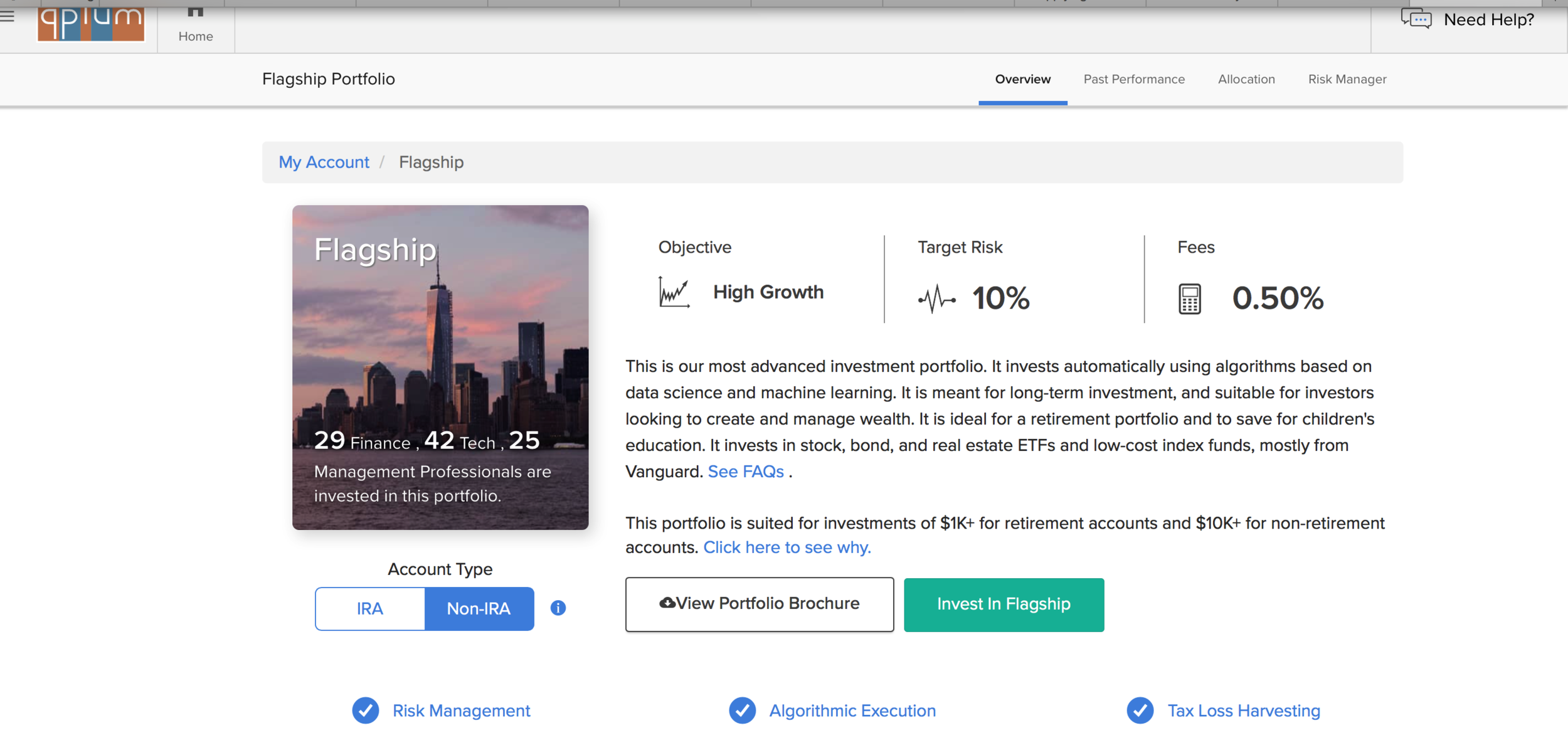
Asset Classes
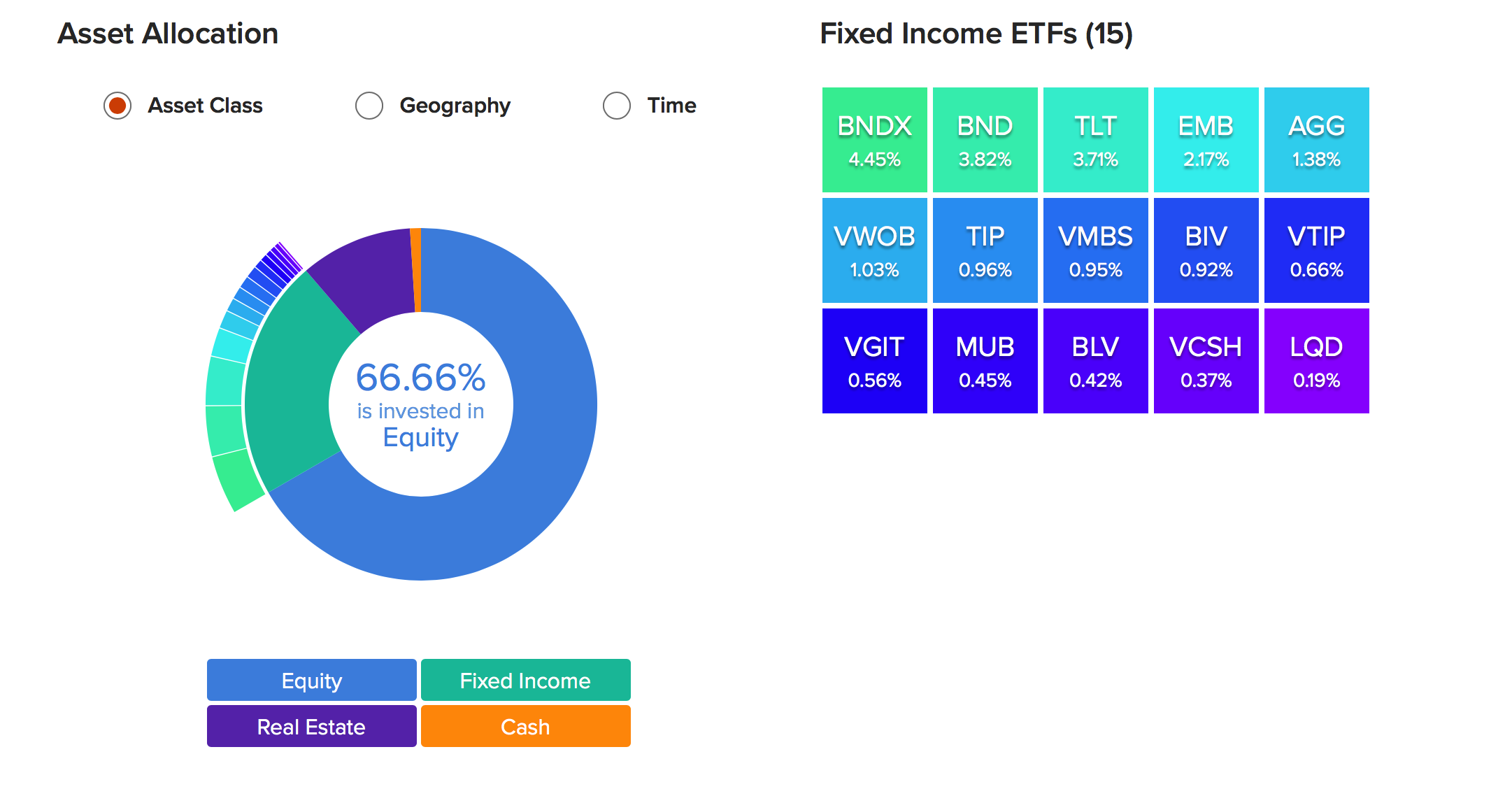
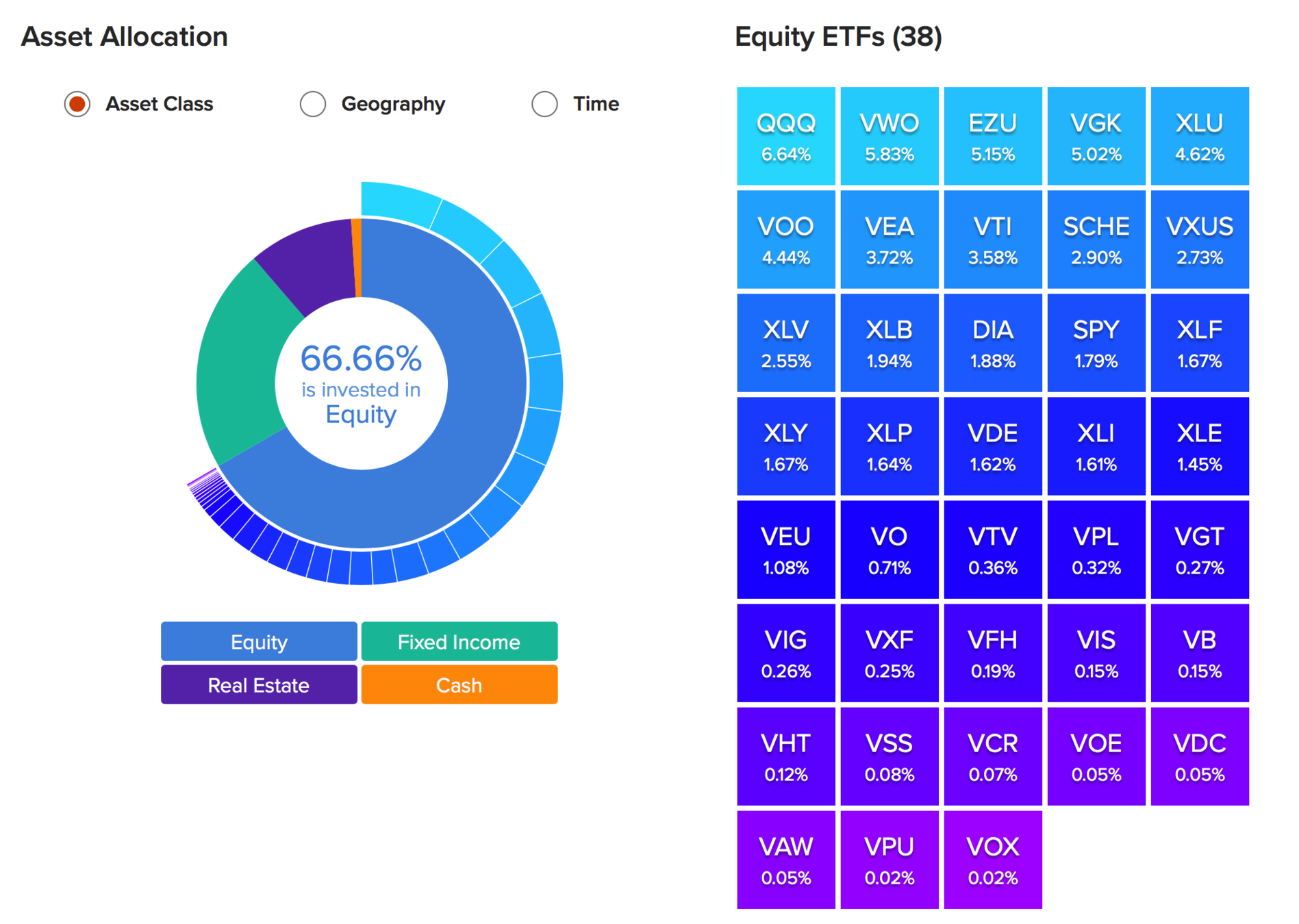
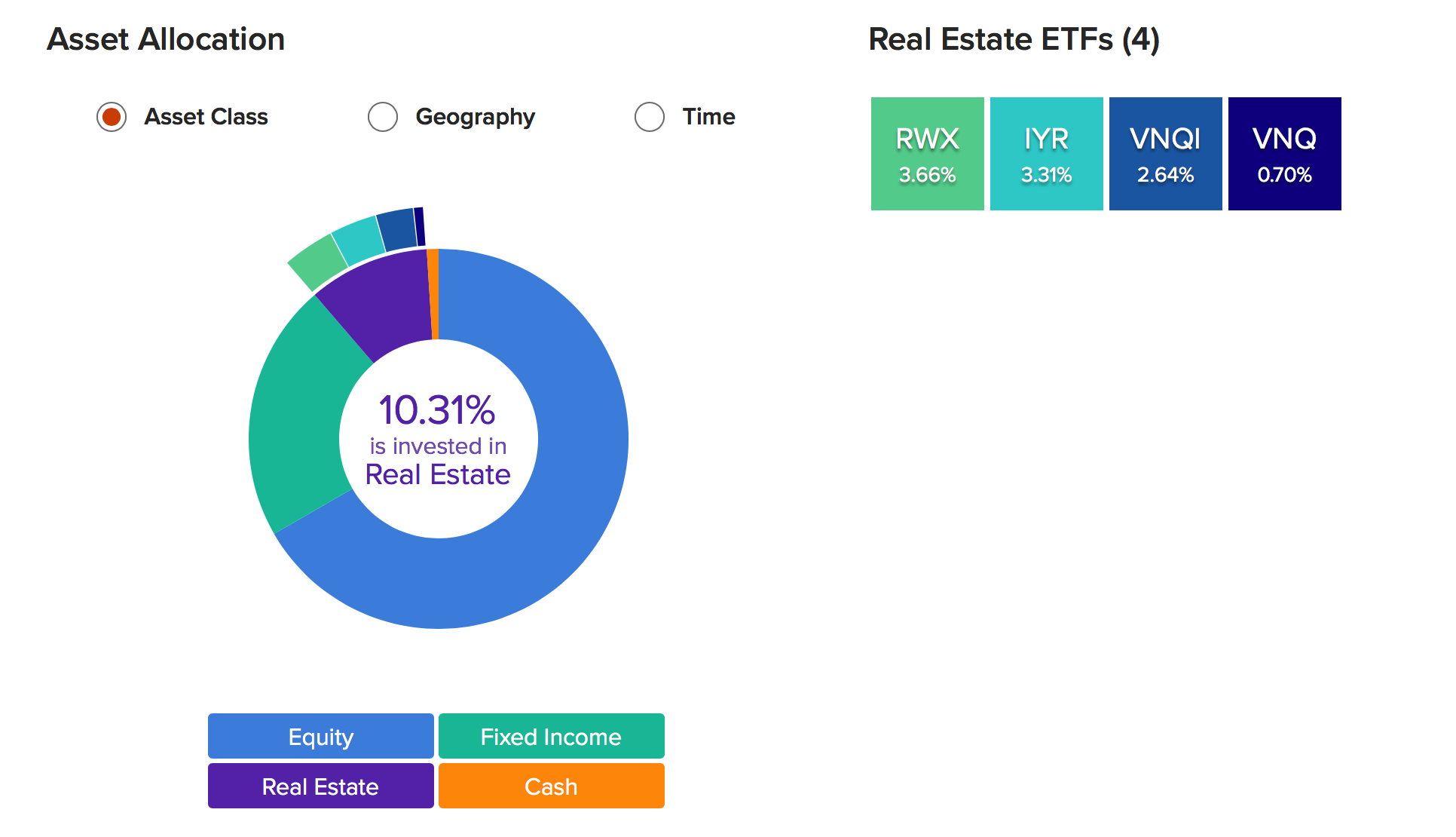
80+ ETFs covering:
- Global equities (US, Europe, Emerging Mkts)
- Real Estate (Domestic and International)
- Global Fixed Income
Risk Management
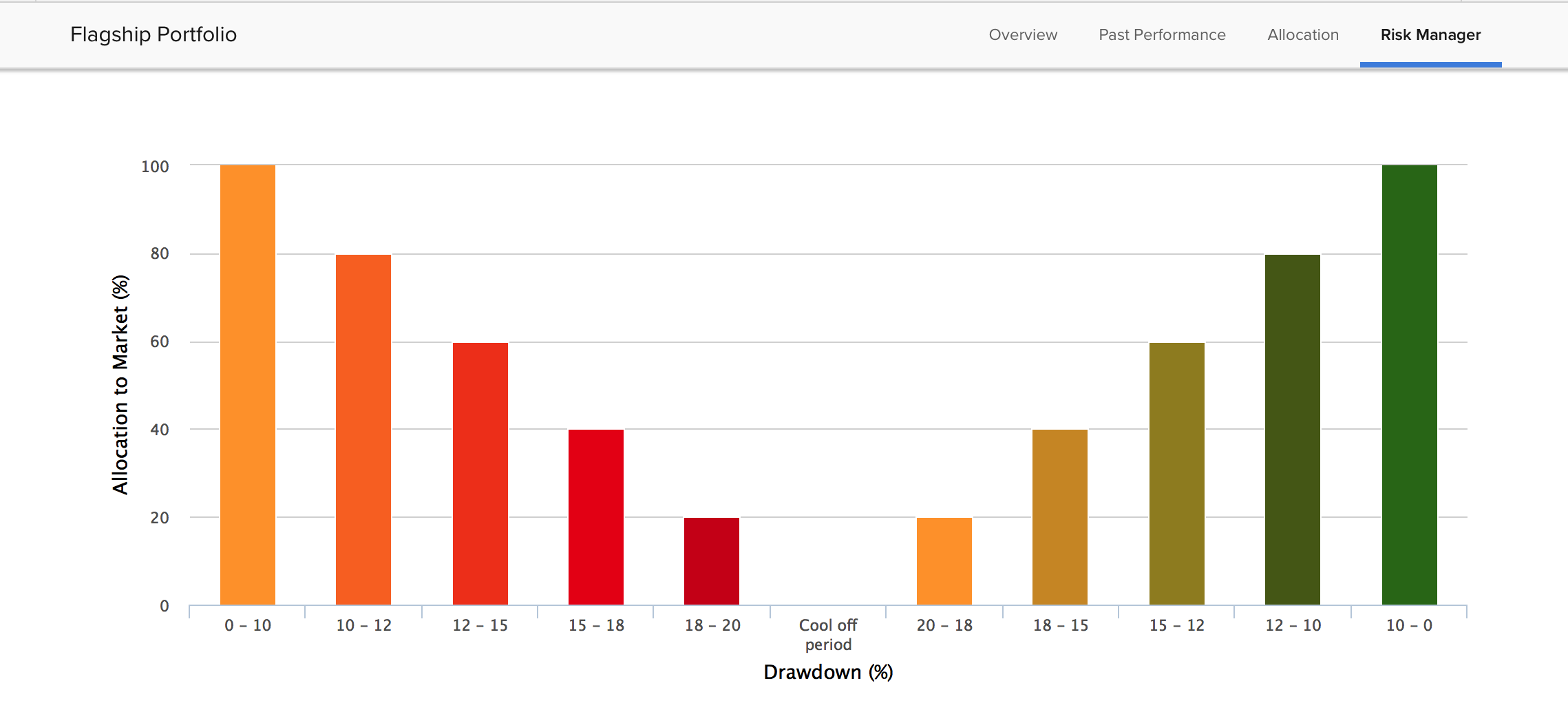
The left half of the graph shows the risk manager decreasing the allocation to the markets as portfolio value goes down. The right half shows progressive re-allocation of cash to markets when portfolio value starts increasing again.
Scenarios where risk management triggered
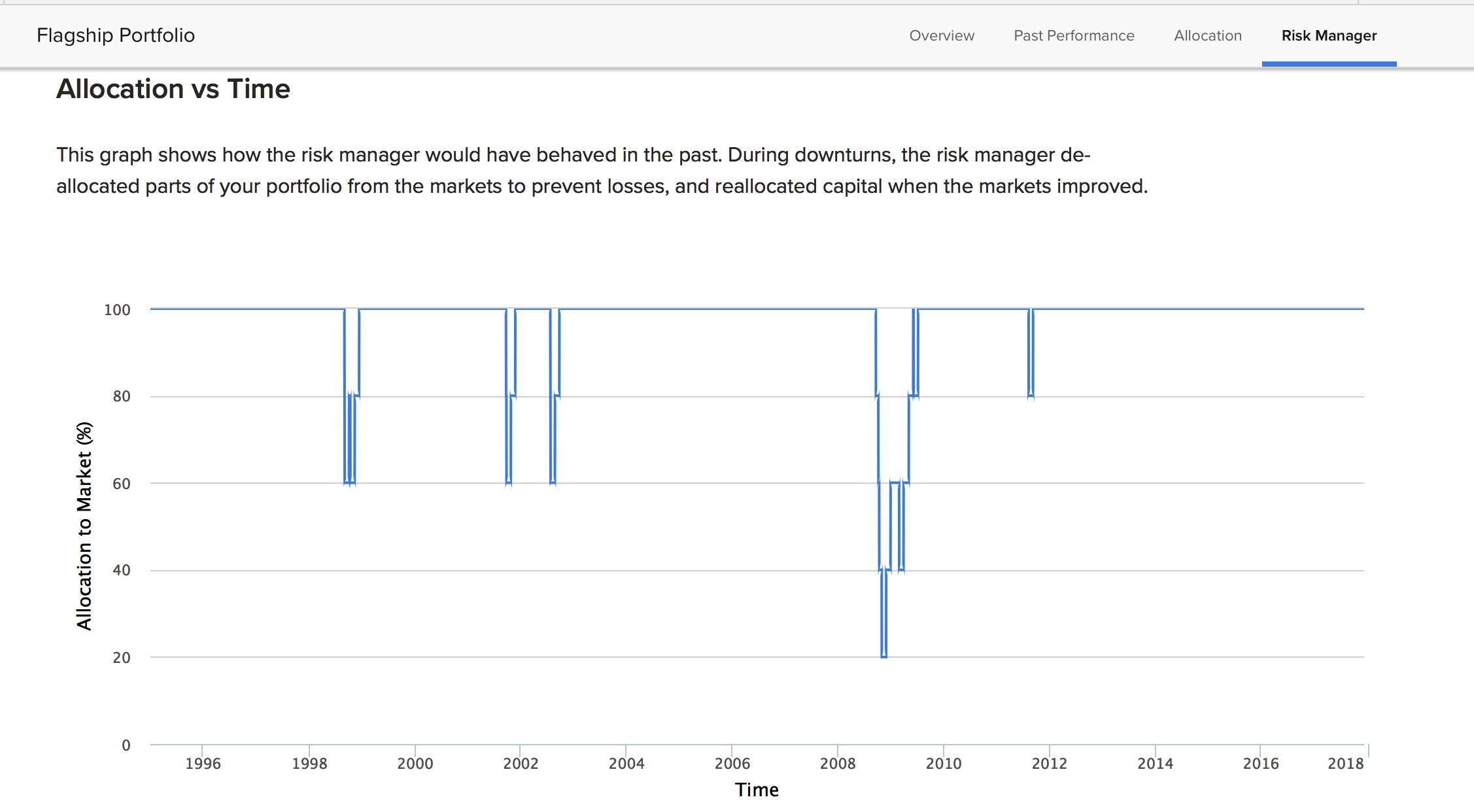
60/40 ACWI/AGG
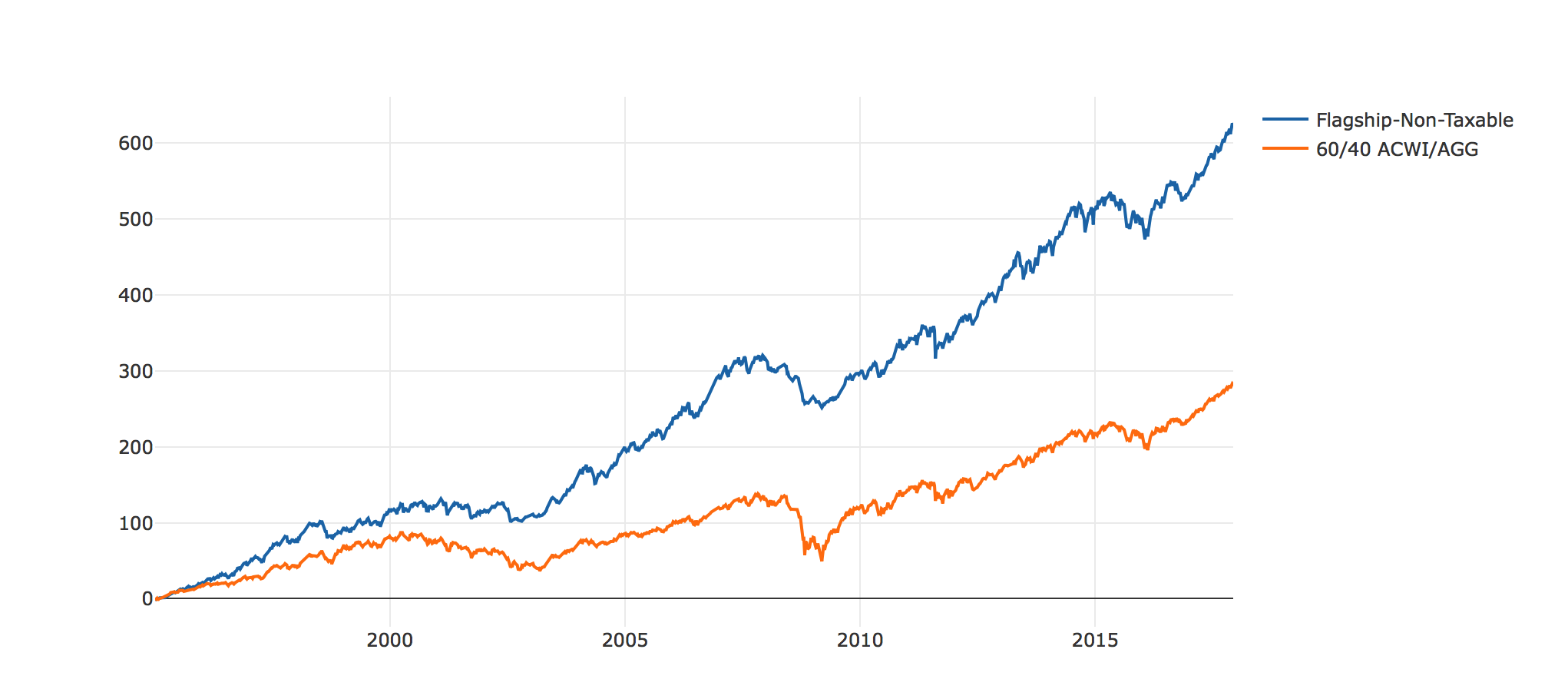
US Investor Index

Backtested Asset Allocation
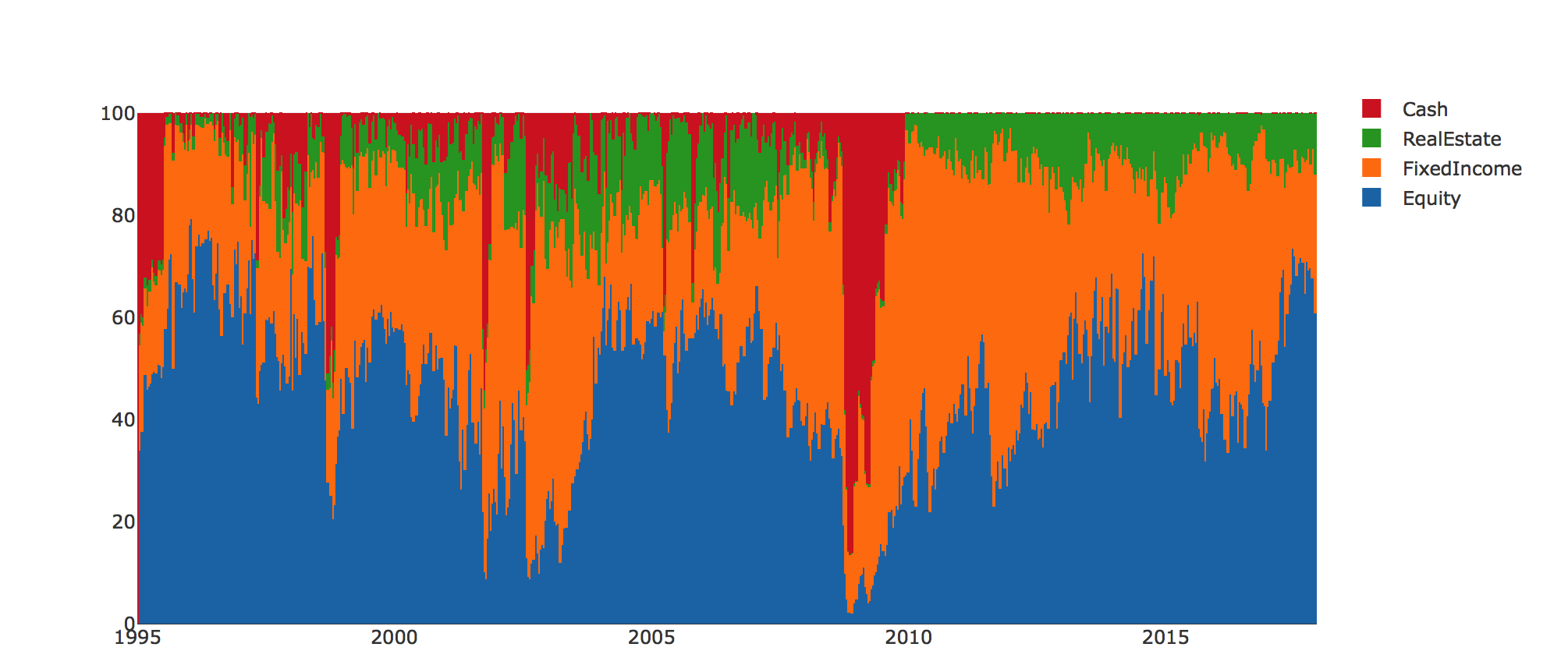
Investing with a trustworthy tool
"security analysis may begin--modestly, but hopefully--to refer to itself as a scientific discipline "
Imagining investing with "trustworthy tool" and not experts.
- Benjamin Graham

Questions?
gchak@qplum.co
Disclosures: qplum LLC is a registered investment adviser. Information presented is for educational purposes only and does not intend to make an offer or solicitation for the sale or purchase of any specific securities, investments, or investment strategies. Investments involve risk and are never guaranteed. Be sure to first consult with a qualified financial adviser and/or tax professional before implementing any strategy discussed herein. Past performance is not indicative of future performance.